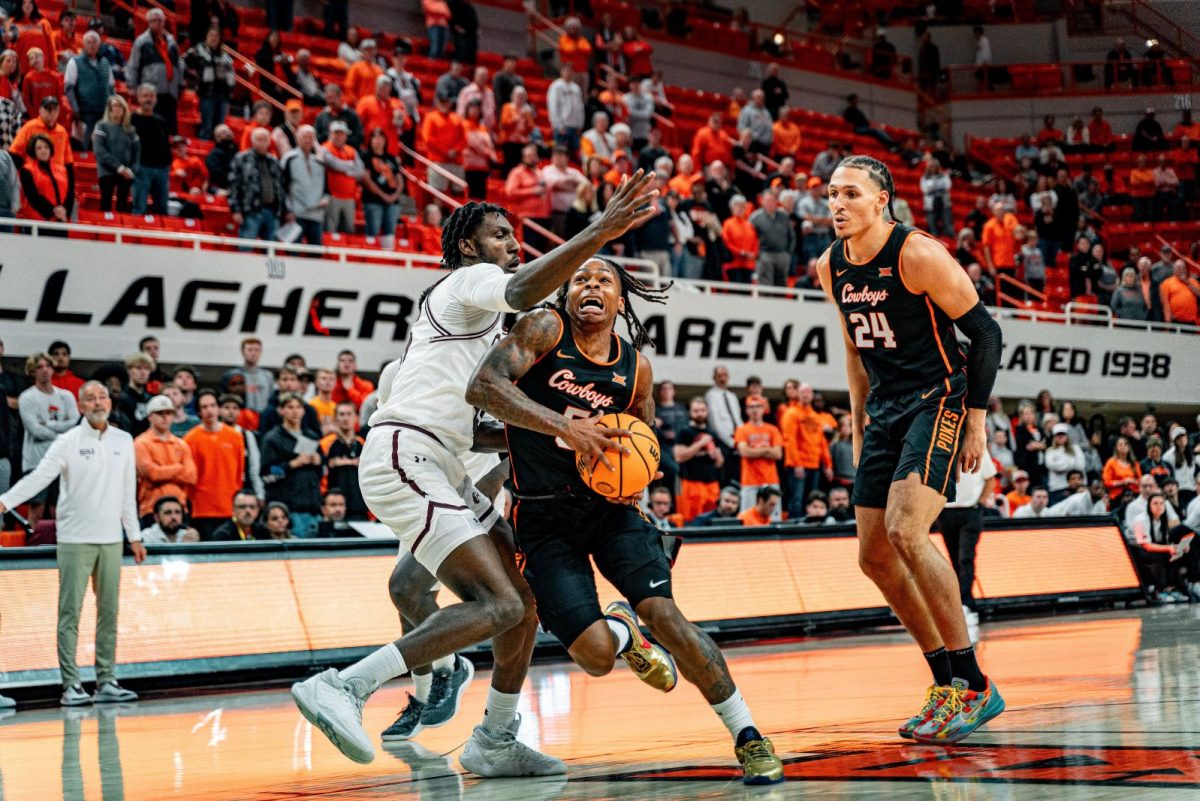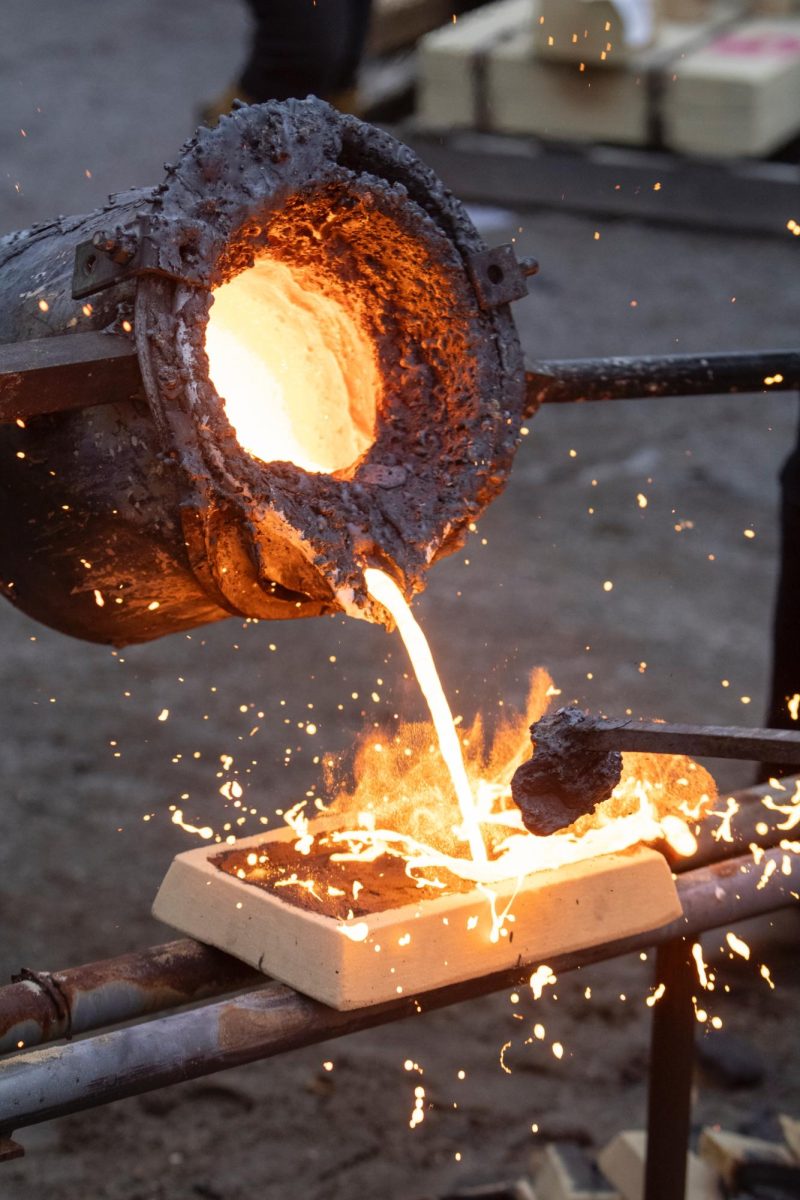Free Again Wildlife Rehabilitation offers shelter, care

February 19, 2012
About seven miles north of Route 13 in Carterville on Big Muddy Road, a blue mailbox serves as a landmark to the red barn known as Free Again Wildlife Rehabilitation.
Free Again is a nonprofit organization, which receives no federal or state funding and depends entirely on donations of time, materials and money for support.
Advertisement
Beverly Shofstall, owner and full-time caregiver, said the purposes of Free Again are to rehabilitate orphaned and injured wildlife for return to their natural environment, to study the behavior and diseases of wildlife and to educate the public on the importance of all wildlife in the environment.
Shofstall started Free Again in 1988 while working as a veterinary technician at Central Hospital for Animals in Herrin. It is an all-species center, so anything that comes through the door, as long as it’s native, will be taken in, she said.
Initially, wildlife rehabilitation was just going to be a hobby, Shofstall said.
“People would bring injured or found wild animals to the veterinary office and there wasn’t anywhere else to bring them, so I would take them,” she said.
After talking with a conservation officer who said permits were required to rehabilitate wildlife, the officer brought the applications and paperwork needed to get the permits the next day, she said.
By the fifth year, more than 100 animals had come through without any actual facilities, she said.
“By year seven, (my husband Jim and I) made the decision that if we were going to do it, we had to do it right,” Shofstall said. “So we remortgaged the house to build the barn, and things have definitely taken on a life of their own.”
Advertisement*
Even though Free Again sees more than 500 animals annually, it’s still considered a small, backyard facility, Shofstall said.
“This is because we basically exist strictly on volunteers and don’t have a paid staff of any type,” she said. “That includes myself — I gave up a paying job 15 years ago to do this full time.”
Volunteering at Free Again offers hands on experience, especially for any student with a zoology or animal science degree, said Michael Jacobson, a senior from Mesquite, Texas, studying accounting.
“I learned a lot about caring for many types of animals and how to provide healthy environments for them,” Jacobson said.
He said it’s also a great way to interact with animals students wouldn’t normally come into contact with. He said getting to help rehabilitate the animals in order to release them back into their habitat is rewarding.
Along with offering volunteer experience and opportunities, Shofstall said she also considers Free Again as much an educational facility as a rehabilitation facility because every instance someone calls in could be a teachable moment if the people on the other end are receptive to listening.
Free Again also offers educational programs for children and adults around the region, she said.
Some animals, primarily non-releasable birds of prey, Shofstall said, are kept and used for these programs.
She said many people have trouble understanding why some animals don’t get released.
“By the nature of what we do, a large portion of them don’t get released,” Shofstall said. “But when a 3-pound bird gets hit by a car and is brought in, it’s a wonder it even survived at all.”
The goal is not to make pets out of the animals or let anyone handle them excessively, because it decreases their chances of survival as well as their chances of being released, she said.
“It is a fine line because you have to keep them tame enough so they can be fed or have their injuries treated, yet keep them wild enough so they can be released,” Shofstall said.
She said the animals are to be released as viable members of the wild community, which is something the general public sometimes has trouble dealing with.
“If I get baby deer in, my job is to raise them and release them back out in the wild even though someday they may be hunted,” she said. “Though I do try to find a safe place for them, that’s what being a viable member of the wildlife community means.”
Another issue rehabilitation centers run into is that many biologists believe nature should always be left alone to take its course, she said.
“We argue that very strongly because 95 percent or more of the animals we see each year are not brought in because of naturally occurring events,” Shofstall said. “A car or a barbed-wire fence is not a naturally occurring event.”
She said wild animals work on instinct and learned long-term and genetic behaviors on how to adapt. Because technology and human interaction has advanced so rapidly, it’s almost impossible for any species to adapt within two or three generations, she said.
Shofstall said many biologists also say that rehabilitation has little value because it only saves individuals in a species.
Dee Chambers, a teacher who volunteers her Sundays at Free Again, said she disagrees.
“It’s comparable to the story told of the guy on the beach throwing starfish back into the ocean one at a time,” she said. “Someone says to him that he can’t possibly make any difference, to which he replies, ‘Well, I just made a difference to that one.’”
Shofstall said many times people bring in their children who are hopeful of the orphaned animals’ survival.
She said even just a little change for an animal’s life is worth it.
“One bunny may not make a difference in the big picture, but it made a difference to that child,” she said. “If we’re giving the message that that one animal doesn’t have value, then how can we say to the younger generations 20 years from now that they needed to make a difference in this world?”
Advertisement







